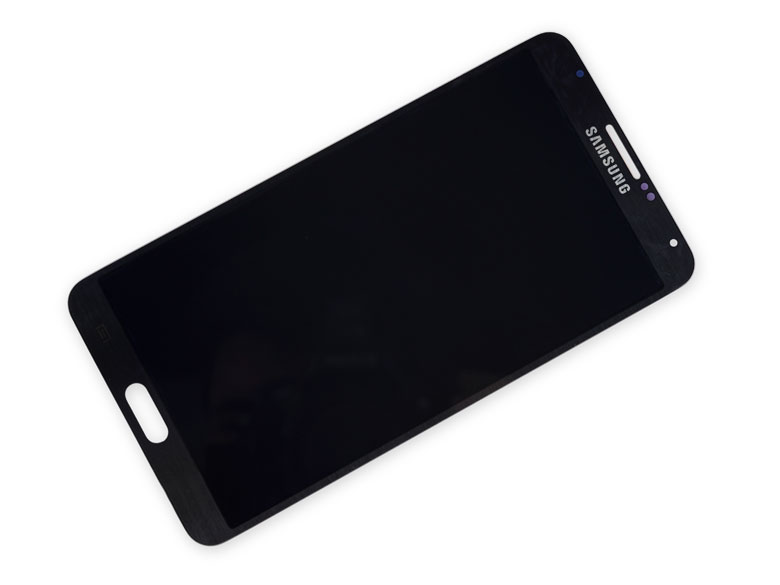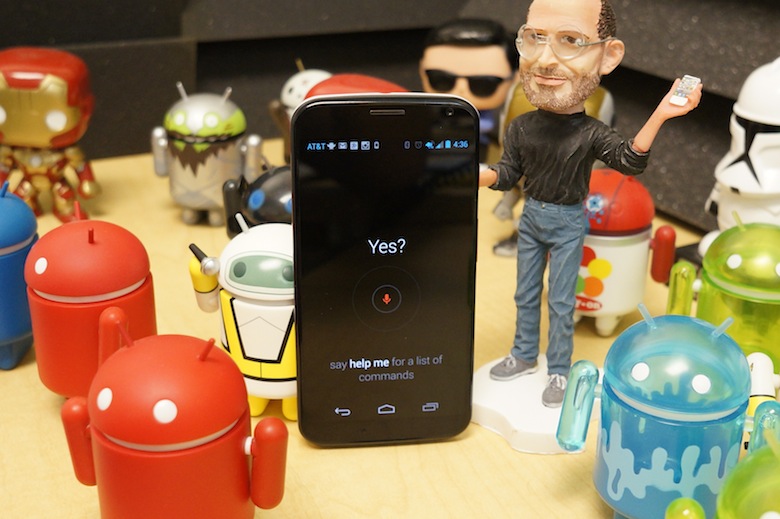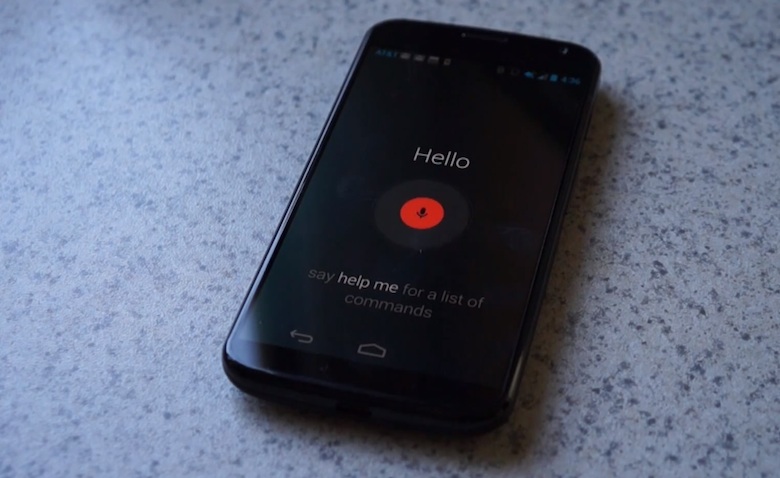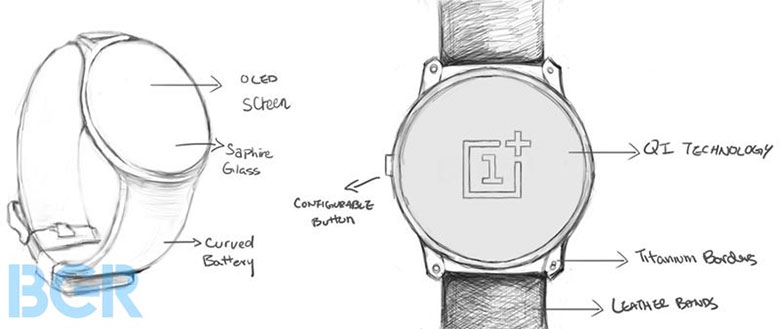
This blog pertains to the growth on our mobile industry in its fast paced time frame which includes windows mobile , android & iOS.
Sub
Friday 1 August 2014
Unlocking Consumer Choice and Wireless Competition Act becomes law

A Plastic Moto 360 ?

Announce a product, then don’t release it for a while, and rumors are bound to descend. Just look at Samsung and its Tizen-running Samsung Z, and how off-the-rails that whole project feels like it’s gone in the weeks following the phone’s initial introduction. Motorola’s generally done a pretty job at preventing similar gossip from consuming the Moto 360, itself announced all the way back in March, no doubt helped by the release of a number of official Moto 360 videos and the opportunity for hands-on interactions at events like Google I/O. But with the wearable still not available to buy, the inevitable has finally happened, and nay-saying rumors now claim that despite all Motorola’s talk about stainless steel and the in-person run-ins with watch’s hardware, the 360 may arrive with a plastic body for its commercial debut.
This is according to TechWeb out of China, which seems to equate the switch to a plastic body with the 360′s anticipated support for wireless charging. And to a degree, that makes sense, since metals tend to shield devices against the very electromagnetic fields wireless charging relies on. That said, that seems like the sort of problem Motorola would have tackled early on in its design work, and it’s a little hard to believe that it would only realize at this late stage metal might not be the best idea.
Could the 360 have plastic components? Sure. But we’re finding it hard to believe that Motorola would have gone to the extent it has to highlight the watch’s premium metal construction if that wasn’t a done deal. In any case, we’ve got under two months to go until sales are supposed to begin, so we’ll know the truth soon enough.
Source: TechWeb (Google Translate)
Via: Droid Life
Google Now Launcher may soon support a lot more devices

Last month we heard how ZTE was planning to really get down with Google’s vision for Android and hook its upcoming phones up with the Google Now Launcher. So far, you haven’t had a shot at the launcher unless you were running the Nexus 5 (on which it debuted), or a short list of other Nexus or Google Play edition models. Was this new ZTE effort a sign that its exclusivity was about to really start crumbling down? That may just be the case, as reports come in of the Now Launcher supporting a number of additional devices.
At least – that’s what some users are seeing. Right now it seems to be very hit-and-miss, but certain users are noting that the Play Store is indicating Now Launcher compatibility with handsets like the One M8, G3, and Galaxy S5. Then again, other users with those same devices aren’t having the same luck.
That could mean that Google is currently in the process of implementing these changes in availability, and not everyone’s seeing them go live all at the same time. There’s also the possibility that this is a glitch of some kind, and Google isn’t really intending to make the Now Launcher an option for additional smartphones, but until we hear otherwise, we’re optimistic that this really is the start of an official change.
Source: Android Central, Google
HP takes a stab at smartwatches with round-faced design

One of the hardest things to do in the mobile tech world, with so much competition from so many talented companies, is to stand out. In the growing field of smartwatches, one of the surest ways to grab attention right now is to deliver a round-faced model in a landscape dominated by squares and rectangles; Motorola’s doing just that, and a recent leak suggests OnePlus could be headed down that same road. Now HP hops on the bandwagon with a round offering of its own, as we learn about the joint effort from HP, designer Michael Bastian, and retailer Gilt.
It’s round -we know that much- and will feature interchangeable bands. It will also support Android and iOS. But for the moment, that’s close to all we know about this guy. It’s not going to be an Android Wear device, that much is clear, but what particular software it might run isn’t yet know. Will it be a simple notifier watch, like that Martian model we just looked at, or will it run a selection of apps?
And maybe one of the most important questions for a smartwatch: what will it cost? All this designer involvement and luxury connections sure don’t hint at a particularly affordable wearable, but for the moment nothing’s been confirmed. Right now, all we have is a rough ETA, with the watch due to make its formal debut sometime this fall.
Source: Gilt
Via: Android Central
HTC one M8 windows version pops up for verification.

Are we really about to see HTC release a Windows Phone edition of its Android flagship One M8? A week ago, that sounded like an old rumor that had little chance of coming true, but then all of a sudden all this buzz has descended upon the idea, with proponents not just insisting that this move was going to happen, but that it could occur quite soon, as well. And with HTC sending out invitations to an event later this month, it was like adding fuel to a fire. But where’s the actual evidence that this model even exists? Today we bring the goods, and a new certification doc might just out this Windows Phone handset.
The Global Certification Forum has posted a listing outlining the band support for HTC’s model HTC6995LVW. That suffix there indicates a home at Verizon, which had already been rumored, but what of the 6995? Well, 6525 was the One M8 itself, so there’s no clear connection there, but this does help convince us a little bit about the phone’s OS; after all, the old HTC 8X was the company’s model 6990, which this is just a stone’s throw from.
And while this particular version may be headed to Verizon, broad band support, both 3G and LTE, tells the story of hardware that’s capable of operation in multiple markets, all over the globe. That’s got us optimistic that HTC has some wide-reaching launch plans for this guy, and even if it’s a Verizon exclusive in the States, a close variant could find extensive support in Europe.
Source: GCF
Via: phoneArena
Oneplus one to ditch Cyanogenmod ?

OnePlus One could be without CyanogenMod
Read more at http://www.mobileburn.com/23211/news/oneplus-could-ditch-cyanogenmod-for-the-one#gXOctHftRk2KoVi9.99
Oneplus one ditches color OS in China.

Samsung Galaxy Alpha rumors deliver new launch date, spec rundown

Yet another Galaxy S5 variant expected: Snapdragon 805, but no quad HD display

iPhone logo will only glow in select devices ?

Samsung’s partnership with Oculus VR brings familiar HW to new Rift dev kit

Thursday 31 July 2014
Moto X+1 wish list.
Moto Maker v2
 One of the defining features of the Moto X, as the rumors long suggested, was customizable hardware. Unfortunately, “customizable” wasn’t exactly what we had been hoping for. It wasn’t configurable specs, but rather personalized color schemes and signatures. With the online portal, dubbed Moto Maker, you could select different colors for the back and front, different accent colors, a customized boot message, a personalize signature on the back of the phone, and even the color of the cable and AC adapter included in the box. You could even match the color of your headphones to your Moto X if you bought them through Moto Maker.
One of the defining features of the Moto X, as the rumors long suggested, was customizable hardware. Unfortunately, “customizable” wasn’t exactly what we had been hoping for. It wasn’t configurable specs, but rather personalized color schemes and signatures. With the online portal, dubbed Moto Maker, you could select different colors for the back and front, different accent colors, a customized boot message, a personalize signature on the back of the phone, and even the color of the cable and AC adapter included in the box. You could even match the color of your headphones to your Moto X if you bought them through Moto Maker.A great camera with OIS
A derivative of the X8 Mobile Computing System
Bigger battery with Qi
5-inch 1080p display
HTC’s new J Butterfly is the waterproof One (M8) you always wanted

Samsung Smartphone Sales are down.

Verizon launches sapphire-screened Kyocera Brigadier

Oneplus one round smartwatch ?

Meizu MX4 leak shows off some stupid-thin bezels

Sony schedules an event for IFA.

Wednesday 30 July 2014
Leaked images shows new Xperia Z3 compact images.

HTC to have an event in Aug ?

Via: WPCentral
Microsoft announces Windows Phone 8.1 Update 1

Samsung Galaxy Alfa launch a week away?

More LG vista leaks for Verizon wireless.

LG G3 in multiple colour option.

Via: Phone Arena









